An Action Auteur, by Scott Nye
The auteur theory was developed nearly sixty years ago (feeling old yet, Andrew Sarris? HUH?), and yet critics still seem intent on reviewing films as though they were novels or plays, almost totally ignoring or marginalizing the work of the film’s supposed author. I’m sure there are reasonable people out there who can acutely dismantle a Michael Bay film on its own terms, but by and large, every review of his career has reflected the same old tired “Bay doesn’t understand plot or character” argument which are only valid complaints when Bay is making a film that concerns those elements (hello, Pearl Harbor). Bay’s best films (The Rock, Bad Boys II, now Dark of the Moon) approach storytelling differently, starting by taking a page from Hitchcock’s method in North by Northwest (oh, I’m going there) – build a plot around action sequences, rather than the other way around. And here, he’s chosen to populate his world not with likable characters just tryin’ to do some good in this crazy world of ours or people driven to success with a dark side that will undo them (you know, like good little movies do), but with cartoonish, oversized, near-sociopathic assholes.
I’m not kidding when I say that almost everybody in Dark of the Moon is a horrible person, starting with our protagonist, Sam Witwicky (Shia LaBeouf). LaBeouf is perhaps the least inviting of all major movie stars – in a better version of Wall Street: Money Never Sleeps, he would have engineered the financial crisis – and for once, he’s been directed appropriately. Sam’s struggles over the past two films have been designed to gain our sympathy (in the first, he’s just trying to impress a girl in a goofy/awkward way, in the second, he’s doing everything he can to be good enough for her), but here, he’s just a complete turd. He has a(nother) smokin’ hot girlfriend, Carly (Rosie Huntington-Whitely, game but inconsequential as one of the few characters with the capacity for decency – the other two, unsurprisingly, are soldiers), and is living off her generosity while he looks for a job, yet he could not possibly treat her with more contempt at every turn. She’s achieved some success as the assistant to a wealthy businessman (I’m sure he does something), so of course Sam absolutely tears into her for, you know, smiling at her boss. In their first scene together, we can tell right away that, for Sam, this relationship is all about having the hottest girl in the room.
He then approaches every job interview in the most calculating, performed way possible, demonstrating massive entitlement throughout. He treats high-level government officials like they’re his cleaning service, angrily rebukes any and all efforts for assistance in finding a job, and in a photo, we see him accepting a medal of honor from President Obama while giving a huge, goofy, “I’m too-good-for-this-shit” smile. And yet this is by far the most commanding LaBeouf has been onscreen since A Guide to Recommending Your Saints, and his performance feels far more honest than the previous Transformers films. But if “likable” characters who “behave believably” are a big concern for you, turn back now. That’s just the beginning.
There are few movies that give you the pleasure of seeing John Turturro, Frances McDormand, and John Malcovich tear apart the screen, and I delighted in every second of them playing the most defiantly self-centered people on the planet, and Bay seems to, too. In the first film, Bay had a robot urinate on Turturro for being an asshole. By the end of Dark of the Moon, he’s a hero for behaving the same way. Admittedly, Bay sometimes runs into the problem of not knowing why he’s unleashing somebody onscreen. So much of Ken Jeong’s (thankfully) brief screen time reads like Bay’s only direction was “go do your Ken Jeong thing,” leaving the result a little wanting.
This lack of focus is a mild interlude, rather than overtaking the whole film (which was the central problem with Revenge of the Fallen, the runaway film). Bay is just as capable of inserting a perfect moment of surrealism, as when an old man with a hammer keeps interrupting an appearance John Turturro is making on “The O’Reilly Factor” (and yes, Bill O’Reilly is one of many, many people who you’d never expect to show up and yet, there they are). Or the part where Megatron destroys part of the Lincoln Memorial just so he can sit on Lincoln’s chair (making much better use of the landmark than X-Men: First Class). And no, apparently nobody noticed that a massive robot is plotting to destroy the world in the middle of Washington, DC. Can we bring back those “Michael Bay is a Surrealist” articles that were going around two years ago?
No doubt Bay’s greatest strength, the culmination of his absolute focus, is in directing action scenes, and his achievement here is nothing short of remarkable. Eventually, sure, it leads to a fairly boring robot showdown, and I’m surprised so few pick up on how little Bay cares about the robots. For all the talk of his love of machines, he’s only interested in them when they’re moving at a propulsive speed with which he himself has a hard time keeping pace (there’s a split-second moment in Bad Boys II in which a car knocks over the camera). When he finally straps down to do his Transformers chase sequence (a concept mysteriously absent from the previous two endeavors), it’s every bit as stunning as I’d dreamed it’d be.
And when Bay has the chance, believe it or not, he’ll always bring it back to the human level. Whether he’s having them fly through buildings in wingsuits (which you really have to see to believe, but is absolutely breathtaking knowing it was done free of CGI), diving out of skyscrapers, or hanging on for dear life, he’s far more interested in people reacting to the Bayhem, both viscerally and physically, and he communicates their physicality not just legibly (and yes, you can follow the action this time…just like every Michael Bay film aside from Revenge of the Fallen), but also expressively. His camera movements are used to heighten the danger and punctuate the important moments. It’s propulsive and exciting, suspenseful and exhilarating. You know, all the markings of good visual direction.
In these moments, Bay’s penchant for oversized performance comes into focus, and LaBeouf’s insane reactions find a world in which to make some level of sense. So many movies work overtime to make their action “realistic,” never bothering to ask whether or not it makes any sense at all for all of these people to suddenly start punching each other. Bay’s worlds are populated by people who would probably punch an old woman for cutting in line, not only because they’re awful human beings, but because they seem to breathe aggression. Violence isn’t a last resort; it’s the reflex. Maybe it’s immoral, but hey, so was Bugs Bunny.
I’m less convinced that 3D was the right choice for him. Don’t get me wrong, it’s stunningly good use of the format, explosive and in-your-face (Bay seems determined to make sure the debris lands in your lap), but Bay has certainly done more for the format than it has for him. His work with film was always unique and eye-catching, but in the transition to digital required for 3D, we’ve also lost the “Bay sheen” that he’s developed since Armageddon (a style of extreme contrast between black and white, highlighting certain colors as needed for each scene). Instead, we get the stock, cold look of every other 3D film. It doesn’t kill it, but if Bay is to continue like this, he’d do well to find a way to marry the two.
I haven’t provided anything in the way of plot synopsis here, because I’ll be damned if I can remember all that much. And yes, surely, there were plot holes and contrivances, the screenplay is definitely too convoluted for its own good, and the whole enterprise was probably a blight to anyone who cares about “good, old-fashioned storytelling.” But the truth is that story and plot just don’t matter a whole hell of a lot in this film. Character arcs were never part of the discussion. The disregard of these elements isn’t casual or a result of ineptitude (the usual culprit in summer fare), but because Bay just wasn’t making that kind of movie. Simple as that. A movie doesn’t HAVE to have any of these elements, after all. It doesn’t HAVE to tell a coherent story. Howard Hawks did away with plot and character arcs in The Big Sleep, choosing instead to focus on behavior and titillating the audience (either through sex or dialogue or, yes, action scenes), and was celebrated for it…decades later. I’m not saying that Michael Bay is up there with Hawks. I’m just saying that many, many directors have found success using the same practices that Bay employs. Even his detractors have acknowledged that Bay is undeniably an auteur who presents a unique cinematic vision, yet the criticism towards his films tend to say, “Okay, but why can’t you make films that are more like this other thing?” In the typical summer wasteland populated with movies made by committee, Transformers: Dark of the Moon is the only blockbuster that displays a totally unique personality and singular vision.






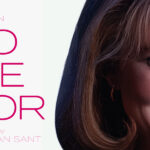


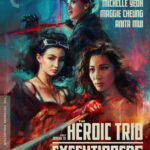



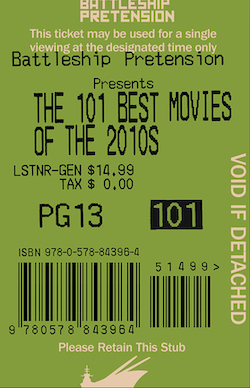



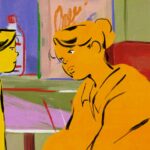
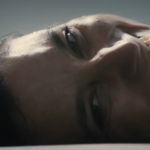





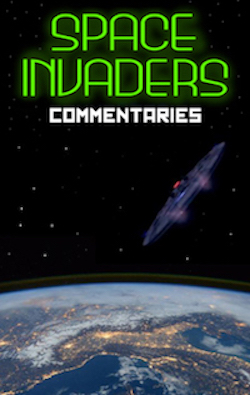
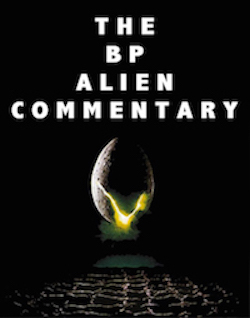
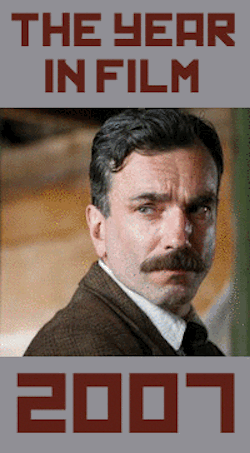
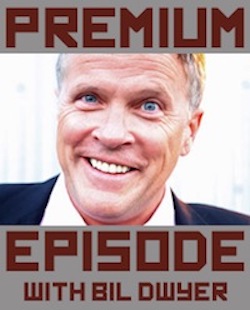

Wait, what? I understand the impulse to buck the trend and actually say something complementary about this movie, but I think you are forgetting that this movie is a big piece of incoherent garbage.
I will say one nice thing. Alan Tudyk is pretty delightful as John Turturro’s own personal effeminate German Kato. However, Tudyk and Turturro are the only enjoyable thing about this movie.
What is the deal with that little Rastafarian autobot that is like a sidekick to the little Buscemi-bot voiced by Tom Kenny? Why does he have a constant wisp of smoke emanating from his head? Does this autobot smoke weed or is this just Michael Bay continuing to traffic in tired stereotypes.
Then there is the new autobot named Que who, much like the Bob Marley-bot, has weird glowing hair. I guess this character is an homage to Desmond Llewelyn’s Q from the world of 007, but it seems more patterned after the Disney character Ludwig Von Drake.
http://disney.wikia.com/wiki/Ludwig_Von_Drake
Then in one of the worst scenes in the trilogy, “Carly” wanders away in the midst of the climactic battle scene and decides to trash talk Megatron for no reason.
Whatever observations you might make as to this having a “unique personality and singular vision” cannot possibly outweigh all of the egregious crimes against good taste.
Now that I think about it, I think Alan Tudyk’s character was probably Dutch, because his name was Dutch.